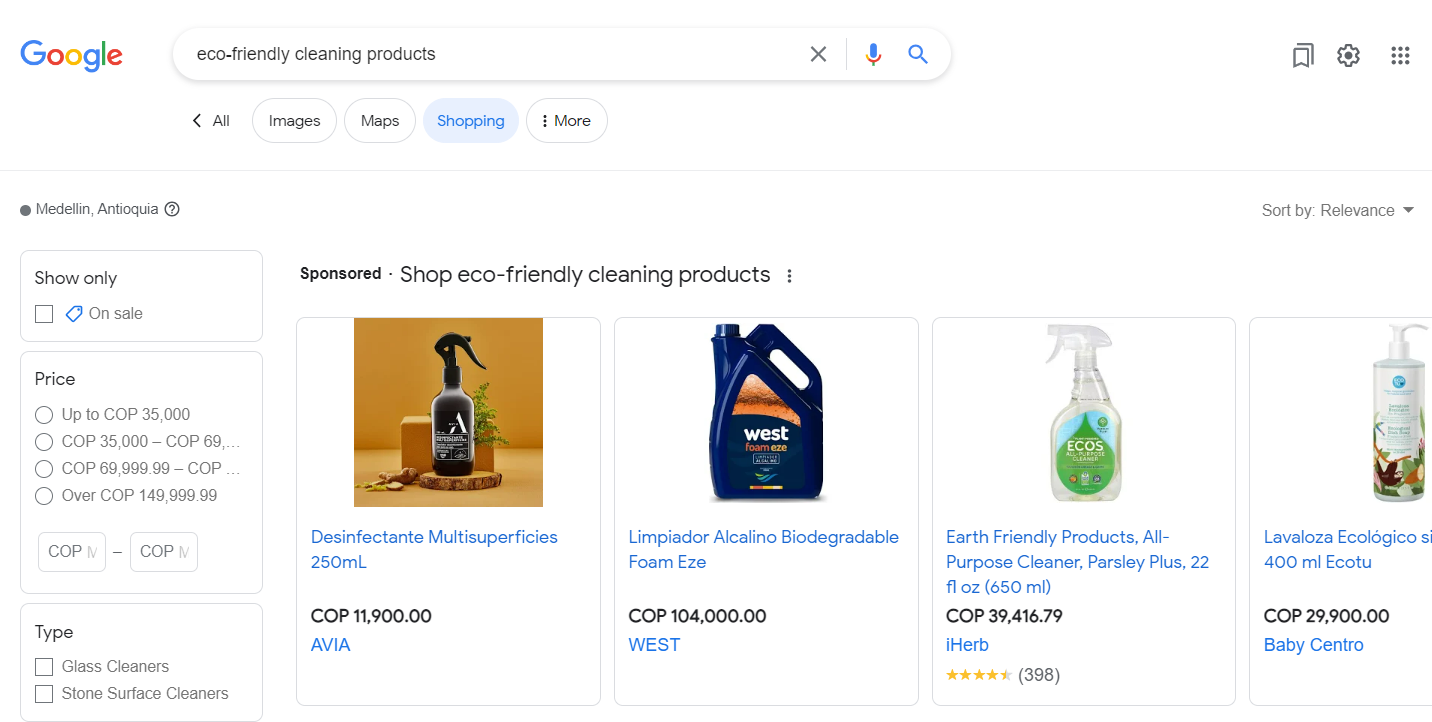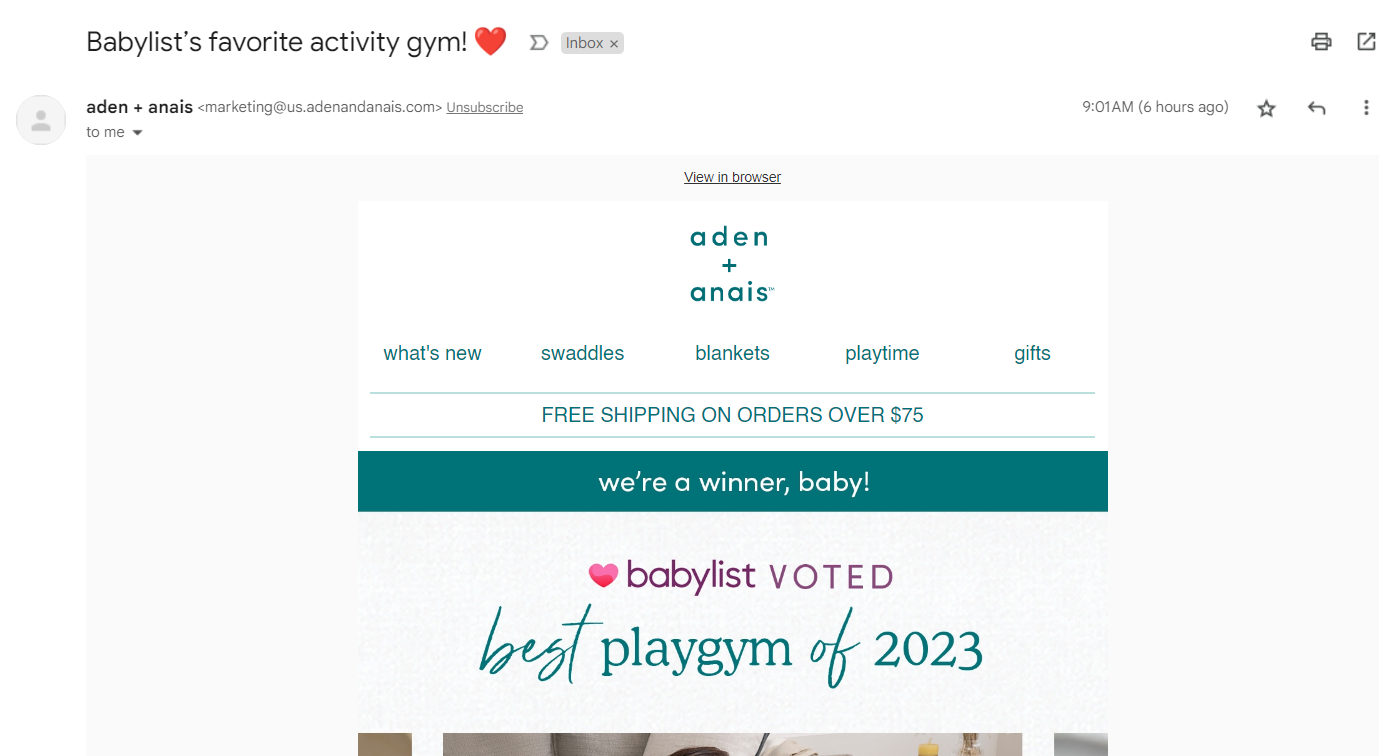With over 5 billion people spending an average of 6.5 hours online daily, the internet offers unparalleled advertising opportunities — if you know how to leverage them.
Digital advertising isn’t just about tapping into a large captive audience — it entails harnessing unique online capabilities unavailable through traditional channels such as TV, billboards, and print ads. With strategic adjustments, you can help your client exponentially amplify their reach, target a specific demographic, or simultaneously trial multiple ad versions to identify the most effective one.
But before diving deep into the intricacies of digital advertising, you first need to understand which types of online advertising best align with your client’s marketing objectives.
What is online advertising?
Advertising is the creation and broadcasting of messages to enhance brand recognition or persuade people to buy a product or service. Online advertising leverages internet-based channels — like websites, social media platforms, and email — to disseminate the message.
Understanding the pricing structures for online advertising is crucial. Unlike traditional mediums like print and television, which often have predefined ad rates, the cost structures in the digital realm are more fluid.
Here’s a brief breakdown of the most common payment models for online ads:
- Cost per thousand impressions (CPM). You pay each time someone views your ad online — or per “impression.” The term “mille” is Latin for thousand, which refers to the payment for every thousand impressions.
- Cost per click (CPC), often called pay-per-click (PPC). You pay whenever someone clicks on your ad — if they see it but don’t click, you don’t have to pay. PPC rates fluctuate based on several factors, including the industry, geographical location, and ad timing.
- Cost per action (CPA). You only pay when someone clicks the ad to navigate to your site and takes a particular action, like buying a product or signing up for a course. Most affiliate marketing works on this basis.
It’s pivotal to anchor ad choices to a specific advertising strategy. If your client’s goal is to build brand awareness, for example, running banner ads and paying on a CPM basis offers brand visibility without requiring direct viewer engagement. If you want to increase revenue quickly, targeting repeat buyers with a CPC or CPA payment model can push them toward action while maximizing your return on investment (ROI).
5 benefits of online advertising
Offering online advertising as part of your digital marketing and web design services has several benefits for your clients. Here are a few to consider:
1. Broad reach
Advertising online allows you to connect with a far broader audience than traditional advertising. Where a billboard might reach a few thousand people each day in a specific location, online campaigns can reach millions, or even hundreds of millions, of people worldwide.
2. Precise targeting
Digital advertising enables precise targeting. Whether you’re reaching out to millennials who’ve just adopted a new puppy or avid mountain bikers, or even people searching for a specific keyword, online tools can help you narrow your campaign to a specific audience. You can also show your ads to previous visitors or customers — a strategy known as retargeting or remarketing.
3. Analytical insights
Digital advertising offers precise measurement tools that traditional advertising often lacks. You might run a newspaper or TV ad and then look for sales spikes afterward, but there’s no reliable way to link your efforts directly to sales. With digital ads, you can use software like Google Analytics to check how many people are clicking on your ads (the click-through rate, aka CTR) and how many go on to purchase or complete another desired action (the conversion rate). With A/B testing, you can also compare the performance of different versions of an ad and pick the most effective one.
4. User engagement
Digital advertising can help you engage potential customers by turning the ad into an interactive journey. Whether it’s quizzes, games, interactive videos, or swipeable photo carousels, the dynamic nature of online advertising offers an immersive experience. Research also shows that this engagement typically increases key metrics such as viewing times, brand recall, and conversion rates.
5. Cost-effectiveness
Internet advertising is more cost-effective because of flexible pricing models unavailable in conventional advertising — CPM, CPC, and CPA structures ensure you don’t pay upfront costs for ads that few people notice. The enhanced targeting precision of digital ads results in more effective conversions. Additionally, real-time performance insights let you instantly adjust ads, making campaigns more efficient and budget-conscious.



















Build websites that get results.
Build visually, publish instantly, and scale safely and quickly — without writing a line of code. All with Webflow's website experience platform.
8 types of internet ads that improve visibility and sales
Here are eight ways you can get the word out to internet users about your client’s product or service. We’ve included online advertising examples to demonstrate how an effective campaign might work for each type of ad.
1. Website pop-ups

Pop-ups dramatically increase conversions when they’re designed and used thoughtfully. Implementing pop-ups on your landing page informs prospective customers about discounts, special events, or new products. Exit intent pop-ups, which appear when someone is about to leave a webpage, can also boost conversions by urging them to stay with an enticing offer. Another significant advantage of pop-ups is their cost-effectiveness — they don’t add to your advertising expenses. However, their limitation is that only visitors to your site will encounter them.
Though pop-ups might seem disruptive, they can enhance the browsing experience without being bothersome by offering relevant information that aligns with user intent.
2. Banner ads

Banner ads are a subset of display advertising designed to catch users’ attention during their website browsing sessions. They come in a diverse range of sizes and styles to accommodate both mobile and desktop users. Platforms like the Google Display Network empower you to target specific audiences and provide detailed metrics to increase their efficacy. Though banner ads may have lower conversion rates, they excel in building brand recognition. By amplifying visibility, these ads can guide new customers to the upper tiers of the sales funnel. However, you’ll have to be creative — these ads are easy for ad blockers to identify, and many users instinctively overlook them, even without ad-blocking tools.
3. Search engine ads

Search engine marketing (SEM), also known as paid search, is a formidable strategy in the digital advertising realm. SEM places your text ad at the top of search engine results pages (SERPs) on platforms like Google and Bing, targeting specific keywords. This positioning ensures that users who are actively searching for certain products or services encounter your site first, even before the organic results.
Unlike search engine optimization (SEO) techniques that boost your site’s organic search ranking, or content marketing that attracts and retains visitors with valuable content, search ads have a distinct purpose — driving immediate traffic and generating quick results. Marketers often combine paid search, SEO, and content marketing in a business’s digital marketing strategy.
4. Product listing ads

Product listing ads (or shopping ads) are image-based ads that appear when people search for products on search engines. They can be geographically targeted, making them valuable for both brick-and-mortar stores aiming to draw local foot traffic and ecommerce sites targeting specific regions. By catering to users with a strong intent to purchase, these ads provide an excellent way to prompt direct sales. However, their effectiveness and high demand make them costly in competitive industries and niches.
5. Social media ads

Social media platforms, including Instagram, TikTok, Pinterest, LinkedIn, Reddit, and Facebook, dominate the digital advertising landscape, accounting for 33.1% of the world’s digital advertising spend. Their strength lies in sophisticated advertising algorithms that allow advertisers to target and engage vast audiences while also zeroing in on specific demographic groups. Many of these ads adopt a “native” style, blending seamlessly with regular posts in users’ feeds.
As part of a comprehensive social media marketing campaign, native advertising prompts organic interactions through reactions and comments. However, it’s essential to invest time in monitoring these ads, promptly responding to inquiries, and addressing any concerns.
6. Mobile app ads

With the rising adoption of smartphones and mobile devices, mobile advertising is a cornerstone of any digital marketing strategy. In-app advertising is especially useful — it has around double the click-through rate (CTR) of mobile browser advertising (0.56% versus 0.23%), so it’s a great option. Many app developers finance their free apps with ads, making in-app advertising a mutually beneficial venture for creators, advertisers, and users.
7. Video ads

Video advertising is one of the most effective digital advertising options. Compared with display ads, ads with video content yield a higher CTR and are significantly more memorable. With the right touch, a video ad might achieve viral status. Typically, advertisers pay on a cost-per-view model (at around 10 to 30 cents per view) and are charged only if a viewer engages for at least 30 seconds or interacts with an embedded link.
8. Email ads

Email marketing yields the highest return on investment (ROI) of any marketing channel, with every dollar spent potentially generating $38 in profit — though its true power lies in sending messages and crafting engaging content that resonates with recipients. Messaging must be personalized, relevant, and delivered at opportune moments to maximize impact.
However, the foundation of a successful email marketing campaign is a robust subscriber list. Building that list might involve leveraging other advertising strategies listed above, which can incur additional costs.
Manage your digital advertising strategy with Webflow
Web advertising is a key component of any online marketing strategy, and Webflow has a range of features that allow you to smoothly implement and monitor your client’s marketing strategy, such as unobtrusive pop-ups and a Google Analytics integration. With a Webflow site as the hub for your digital advertising efforts, you’re set to redefine your client’s digital presence and boost their business growth.






























